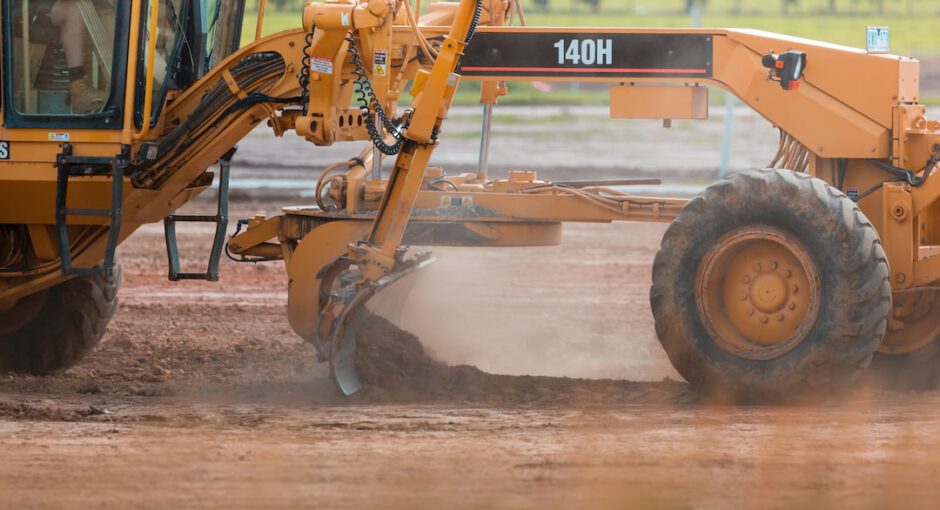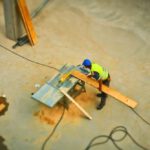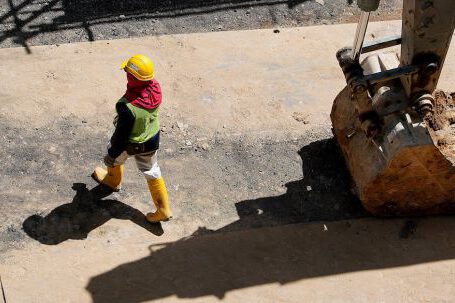The use of heavy earthmoving machinery has been vital to the progress of the human race, allowing us to move land, create roads, and build cities. For centuries, we have used a variety of tools and machines to move earth and shape it to our needs. This article will explore the history of earthmoving machinery, its current state of development, and the possibilities for the future.
History of Earthmoving Machinery
The use of earthmoving machinery dates back centuries, with some of the earliest examples being used in the Middle Ages for the construction of canals, roads, and fortifications. During this period, machines such as horse-drawn plows, wheelbarrows, and carts were used to move earth and shape it into the desired form.
The Industrial Revolution saw the development of more sophisticated earthmoving machinery, such as steam-powered excavators and bulldozers. The invention of the internal combustion engine in the late 19th century also enabled the development of motorized earthmoving equipment, such as tractors and bulldozers.
The 20th century saw the invention of more sophisticated earthmoving machinery, such as hydraulic excavators and backhoes. This period also saw the introduction of computers and automation, which enabled earthmoving machines to be more precise and efficient.
Current State of Earthmoving Machinery
Today, earthmoving machinery is an integral part of the construction industry, with a wide range of machines and tools available for a variety of tasks. Hydraulic excavators and backhoes are the most common types of earthmoving machines, used for digging, grading, and loading. Bulldozers and scrapers are also commonly used to move large amounts of earth.
Modern earthmoving machinery is highly sophisticated, with computers and automation allowing for precise and efficient operation. Many machines are also equipped with GPS systems, allowing them to be operated remotely or by an operator in the cab.
Future of Earthmoving Machinery
The future of earthmoving machinery is likely to be even more advanced than the current state of the technology. As computers and automation become more advanced, machines will become more accurate and efficient in their operation. New materials and technologies may also be developed, allowing for the construction of lighter, more efficient machinery.
Robotics is also likely to play a major role in the future of earthmoving machinery. Autonomous machines could be used for a variety of tasks, from digging and grading to loading and transporting. This could reduce the need for human labor, allowing for faster and more efficient construction.
The development of 3D printing technology could also lead to the creation of machines that are able to create structures, such as roads and bridges, from the ground up. This could revolutionize the construction industry, allowing for the creation of structures in a fraction of the time and cost.
Conclusion
Earthmoving machinery has been a vital part of the progress of the human race, allowing us to shape the land to our needs. The history of earthmoving machinery has seen the development of increasingly sophisticated machines, with the current state of the technology allowing for precise and efficient operation. The future of earthmoving machinery is likely to be even more advanced, with the potential for robotic and 3D printing technologies to revolutionize the construction industry.






